(ECNS) -- China has long had a close relationship with bamboo, which can be seen in the art of bamboo carving. Meticulous carving skills and exquisite patterns have contributed to this unique artistic style.
Bamboo carving has existed since before the Shang Dynasty (1600-1046 BC), when people carved symbols on bamboo to record things.
Since the Western Zhou Dynasty (1046-771 BC), bamboo products like slips and fans began to gain popularity. In the Song Dynasty (960-1279), the artistry and ornamental value of bamboo carving gradually increased, and elements such as architecture, figures, flowers and birds became prominent themes.
In the Ming and Qing Dynasties (1368-1911), bamboo carving reached its climax, and many elegant works of art emerged.
For thousands of years, the art of bamboo carving has evolved into several schools, each with its own distinctive style. Jiading bamboo carving is known for its depth.
It skillfully integrates calligraphy, painting, and poetry, giving bamboo a new life. Jinling bamboo carving is known for its shallow relief, creating a profound artistic conception with only a few cuts.
Zhejiangcarving strives to retain the primary color of bamboo to present simplicity and elegance.
Huizhou bamboo carving has broken free from the traditional limitation of small pieces to make large works possible.
These artworks gather the wisdom of artists and show the ingenuity of craftsmen since ancient times. Bamboo springs from the mud, yet stands tall.
For thousands of years, artists have deeply engraved bamboo's temperament into the genes of Chinese culture.














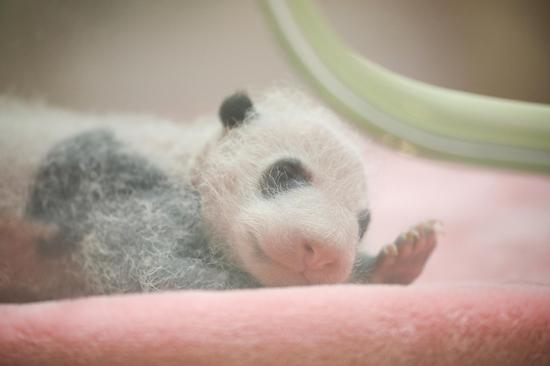
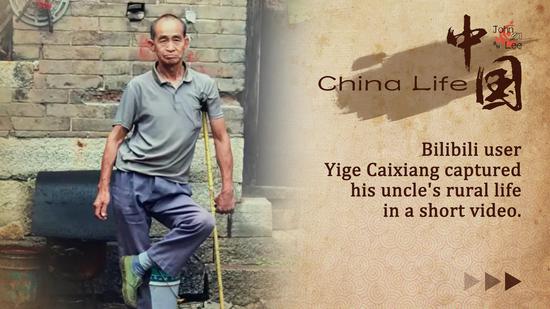

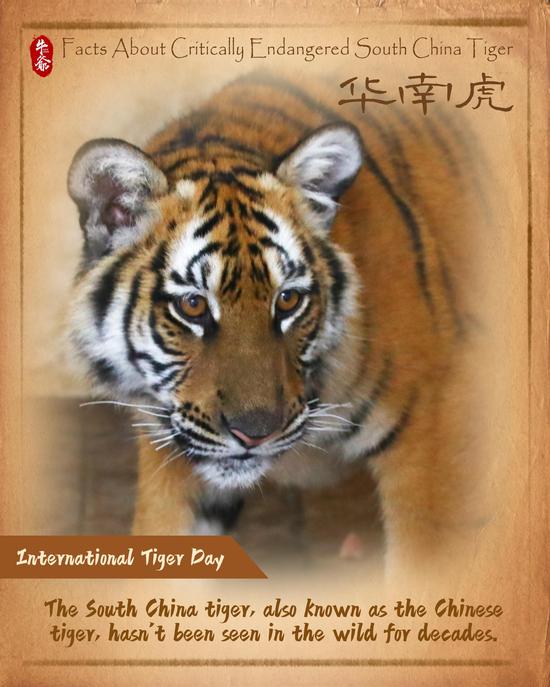
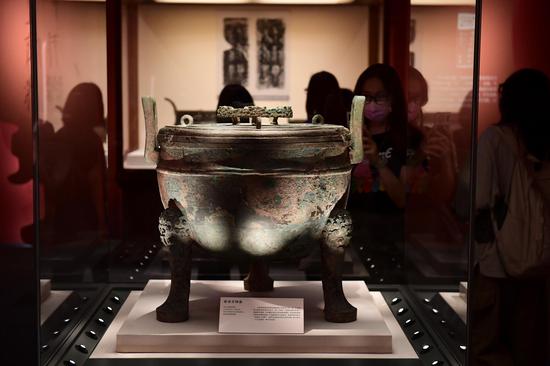



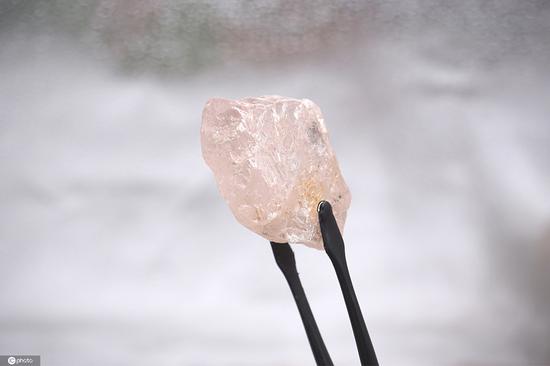
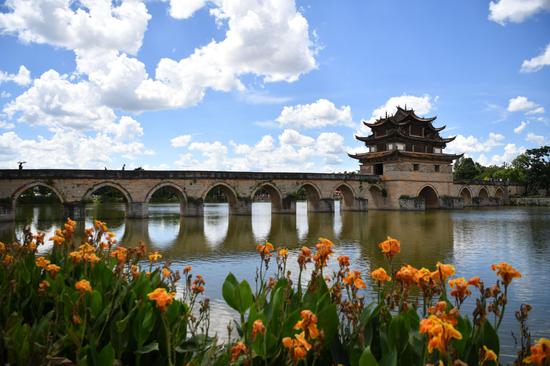





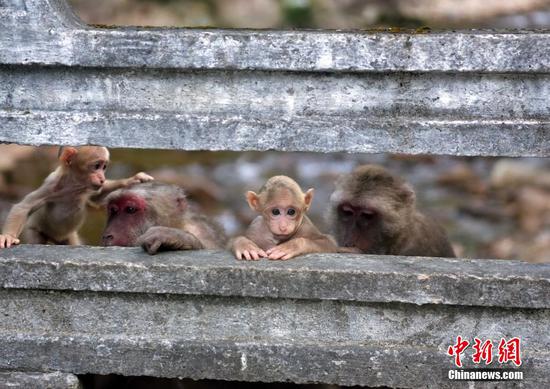

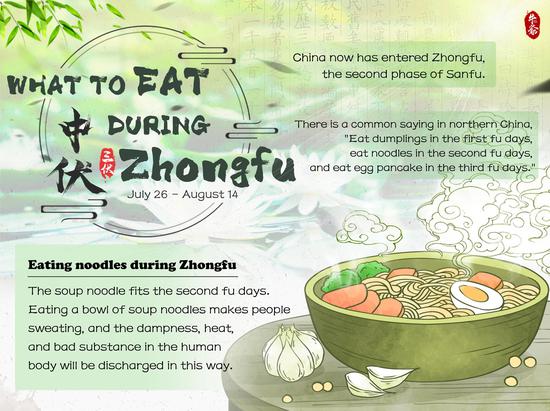


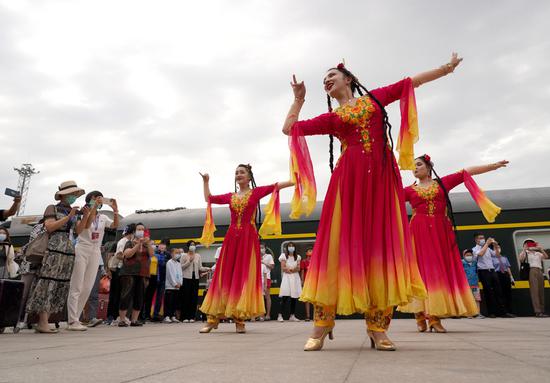









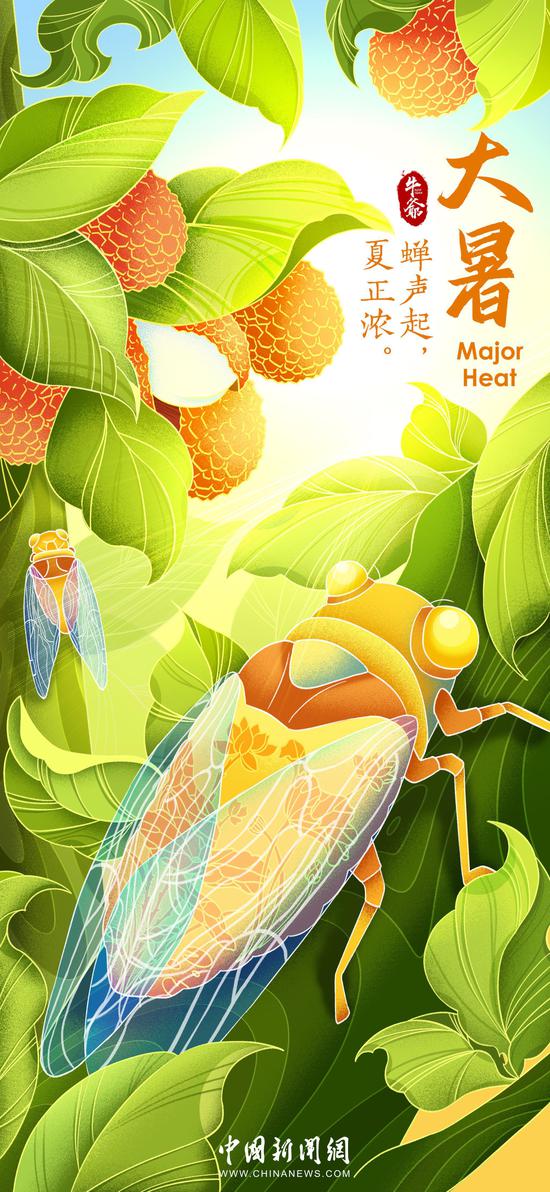





 京公网安备 11010202009201号
京公网安备 11010202009201号
